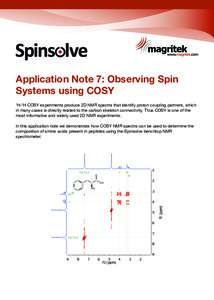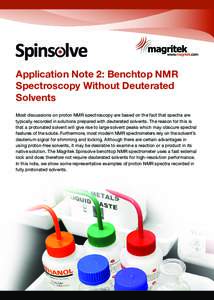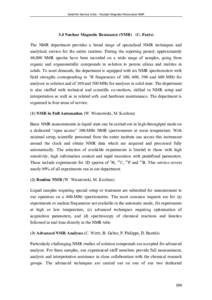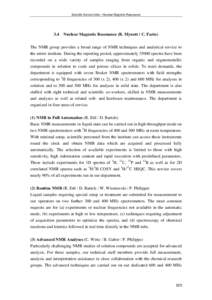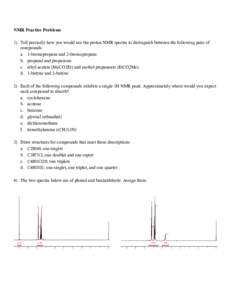<--- Back to Details
| First Page | Document Content | |
|---|---|---|
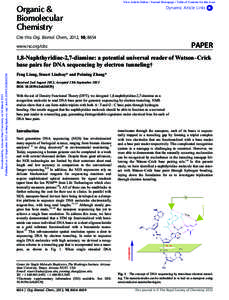 Date: 2013-03-04 16:53:50Science DNA Spectroscopy Nucleic acids Genetics Nuclear magnetic resonance spectroscopy Hoogsteen base pair Triple-stranded DNA Proton NMR Chemistry Physics Nuclear magnetic resonance |
Add to Reading List |
 View Article Online / Journal Homepage / Table of Contents for this issue Organic & Biomolecular Chemistry
View Article Online / Journal Homepage / Table of Contents for this issue Organic & Biomolecular Chemistry